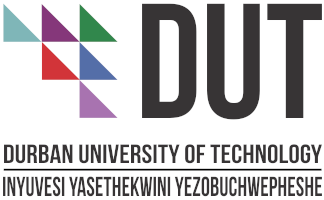The Impact of the Presence of Prosodic Features (Tone Markings) on Comprehending Setswana Words in Reading
DOI:
https://doi.org/10.51415/ajims.v5i1.1076Keywords:
reading, tones, semiotic, Setswana, prosodyAbstract
The paper is about the impact of prosodic features, more especially tone marking, in extracting the meaning in Setswana readings, because of its contribution to meaning in Setswana. The research was conducted in response to the 2016 Progress in International Reading Literacy Study (PIRLS), which found that more than 80% of Grade 4 students tested in an African Language were unable to read for comprehension. The semiotic theoretical framework, which is concerned with how signs are used for interpretation, served as the foundation for this study. The focus of the study was on the Intermediate Phase learners from eight schools where Setswana is taught as a First Additional Language and/or as a Home Language. Qualitative and quantitative method approaches were used to collect data. Participants were chosen through random sampling. The study discovered that when words are not marked, learners are unable to determine which meaning is intended. It was discovered that in reading the most difficult aspect is comprehending what has been read. The study proposes that new means of emphasizing prosodic markers (such as tones, accent, stress, and rhythm) be given special focus in the South African education system so that learners may be able to extract meaning and comprehend what they read.
Downloads
Downloads
- PDF 368 Downloads






